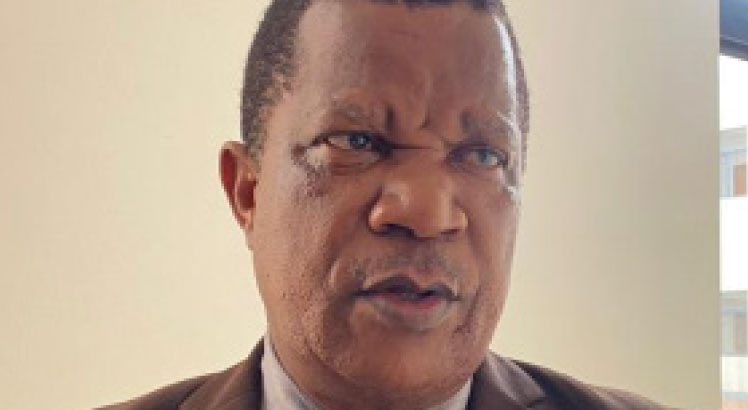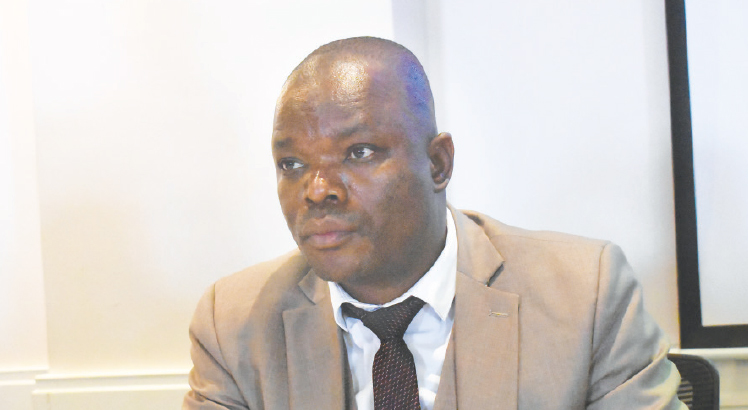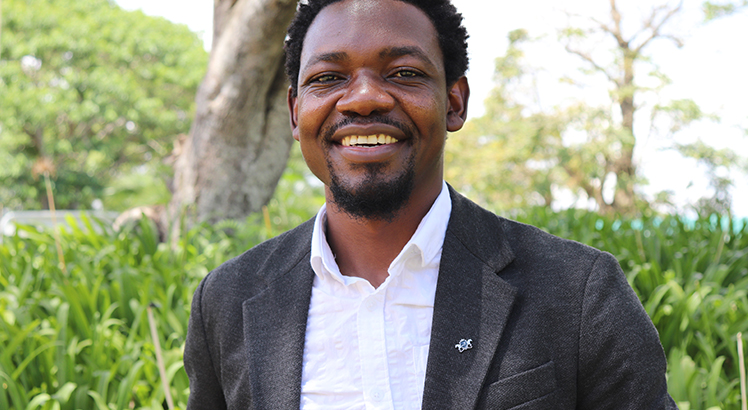Interview: Every penny should be tracked—Kubalasa
BONIFACE PHIRI Recently, government, through the Ministry of Finance, established an aid transparency platform termed Aid Management System. I caught up with Mejn executive director Dalitso Kubalasa to get his views on this. Excerpts
Q:
What is your general view of this platform which the ministry says will greatly enhance aid transparency?
A:
This is a very good development and a great innovation that will surely go a long way in boosting transparency and accountability in the public finance management systems for greater social accountability. Of course, we know the Aid Management Platform (AMP) has been around for a few years now. We note with appreciation the fact that the ministry is enhancing the platform with the commitment by development partners to help raise the bar of data comprehensiveness, data quality. We note that the ministry is also adding some modules to make sure that even the domestically mobilised resources are also comprehensively captured and reflected in the platform, with links to the Integrated Financial Management Information System (Ifmis) and all.
Q: How will this empower the ordinary citizenry in knowing how and where aid is flowing to?
A:
The AMP would be a great and effective tool for social accountability if it is well known, user-friendly and popularised, an element it is yet to fully embrace, to reach a point where it is fully disseminated and used as widely among the key stakeholders, the general populace and even among the CSOs. Only then would the AMP undoubtedly be an empowering tool, after it is fully disseminated and popularised. Currently, we hear that not only does it show how much resources are being pumped into particular sectors by development partners, there are plans to also help track what outputs and outcomes the resources are yielding.
This, with the accompaniment of the Aid Atlas updated and produced by the Ministry of Finance’s Debt and Aid Division, it also shows how much resources a particular donor is pumping into the country. This will eventually allow for the civil society players like us to make comparisons between the actual disbursements made, their primary purpose and the amounts that were committed. In these days and age, all the talk is about getting the maximum value for money from the scarce resources through the focused programming on results and development effectiveness.
One of the key principles agreed to at different levels of the development effectiveness agenda is that of mutual accountability between governments and donors. The AMP is, therefore, an important tool to help Malawians hold the donors and development partners accountable as to what they are doing with their aid; just as we are holding government accountable.
Q: Currently, the system only captures information on external aid resources. Do you find this in order?
A:
This is an anomaly and we are glad that the ministry has taken a lead to rectify this. We hear they are putting into the system a component which will capture resources committed even by government to the various projects in the Public Sector Investment Plan (PSIP). This, we believe, implies that when we say that 40 percent of the development budget comes from donors, then it also means that even the 60 percent that comes from locally generated resources (largely from tax payers’) will be included for closer scrutiny. Just giving an exclusive prominence to the 40 percent from donors (without a similar attention to the domestically generated resources) would implicitly imply that as Malawians, we couldn’t care less what is done with our resources as long as we account for donor money. This would obviously be wrong, and tantamount to more abuse. In the days ahead with the increasingly evident donor fatigue, domestic resources will become even more and more important in the development budget and it is only prudent that we start tracking and accounting for every penny of our locally generated resources as well as we do with donor resources. This is paramount if we are to realise the dream of economic independence, stability and sustainability.
Q:
There is also a work space in the platform which allows NGOs or the civil society to be reporting to the system any gaps or aid flows or even any questionable transactions in terms of aid flows. What are your views on this?
A:
This is great news and we obviously look forward to understanding this alongside all the elements of the platform. It would be a great addition to the tool. Not only will it empower local CSOs and local people and enhance financial transparency, it will definitely also help trigger the important conversations in real time, as to what the real challenges within the public finance management architecture could be, that hinder the much awaited successful execution of development projects. By and by these challenges would see the light of day and be resolved as a result of such discussions.
Q:
You recently launched the Development Corporation Strategy. What’s the significance of this and how does it fit into the Aid Management System or even the general economic development agenda of the country?
A:
As Mejn we are championing the agenda for development effectiveness as a platform for economic growth. The major significance borders around enhancing a sustained engagement between government, donor partners, CSOs and the private sector as key stakeholders around the shared values for maximum value for money, country ownership and mutual accountability. It is imperative that the civil society is increasingly being recognised as a valuable partner in development both at the Global, Continental and National/Local level of the development effectiveness agenda.





